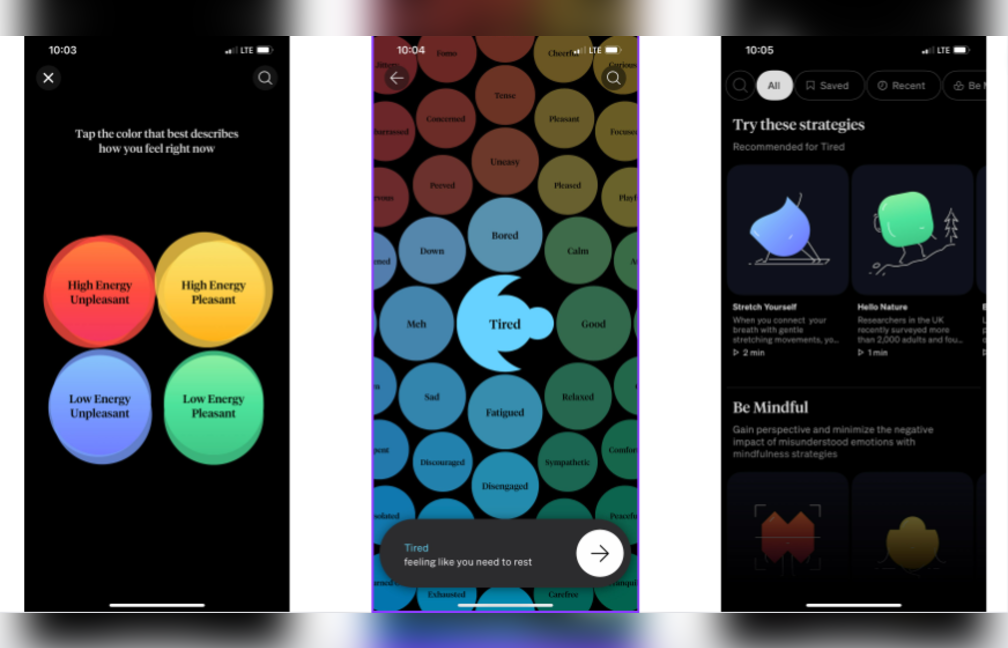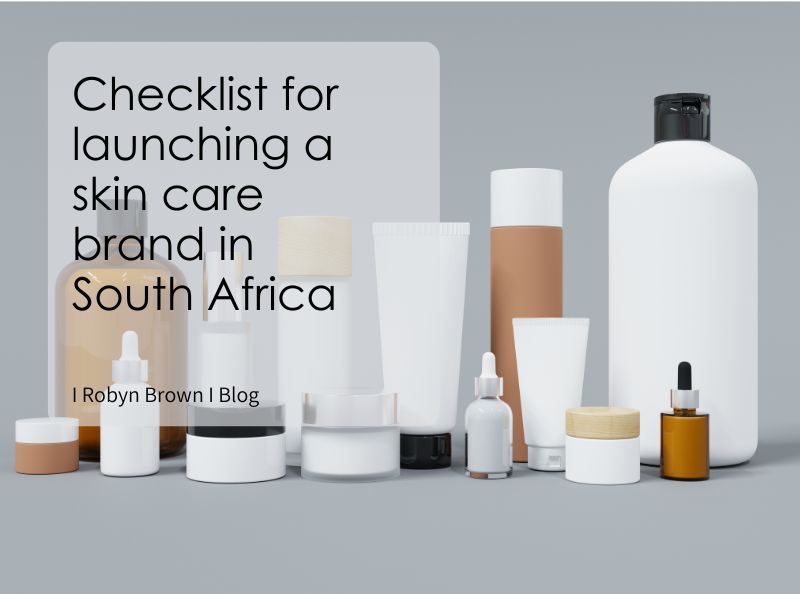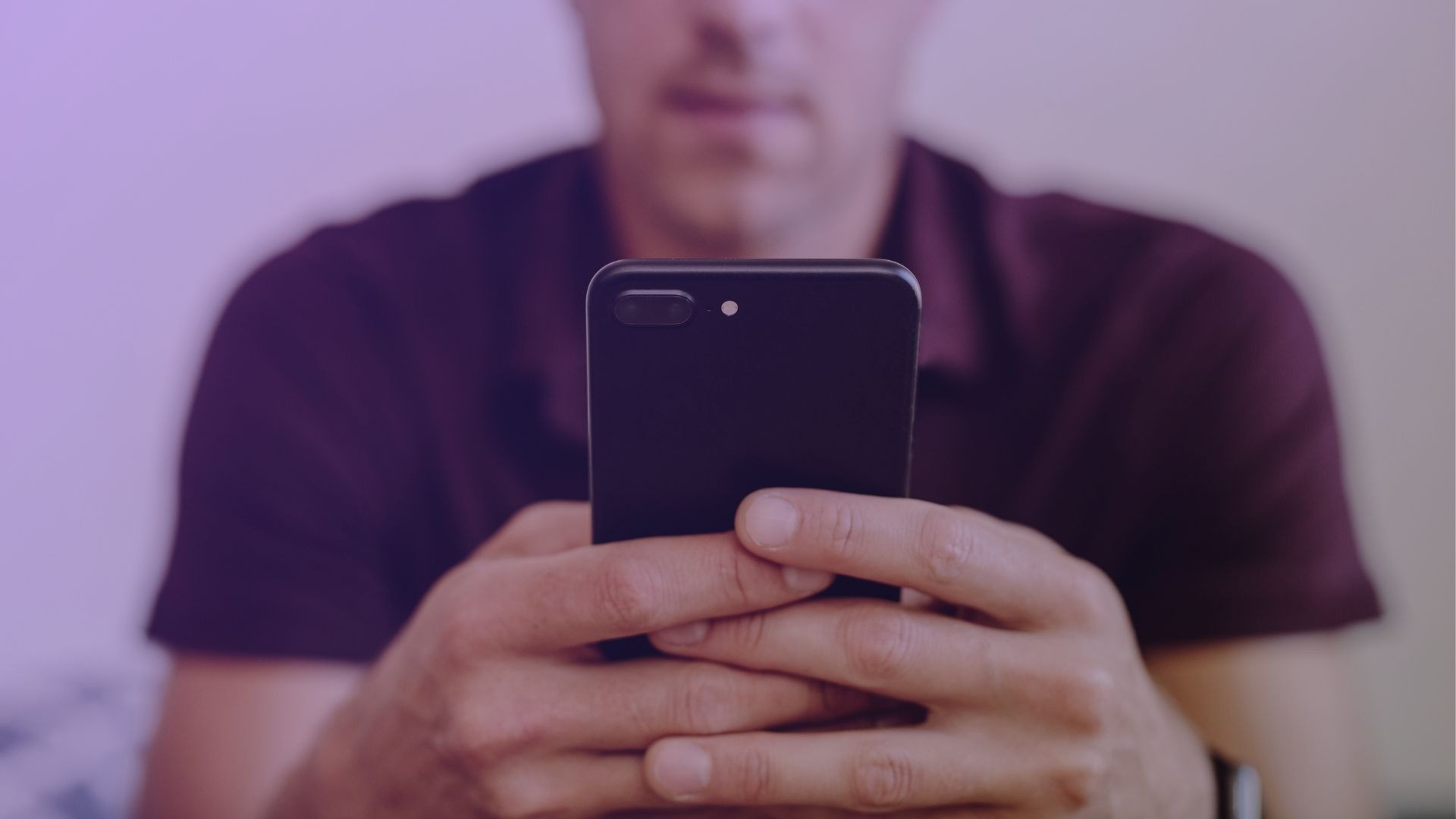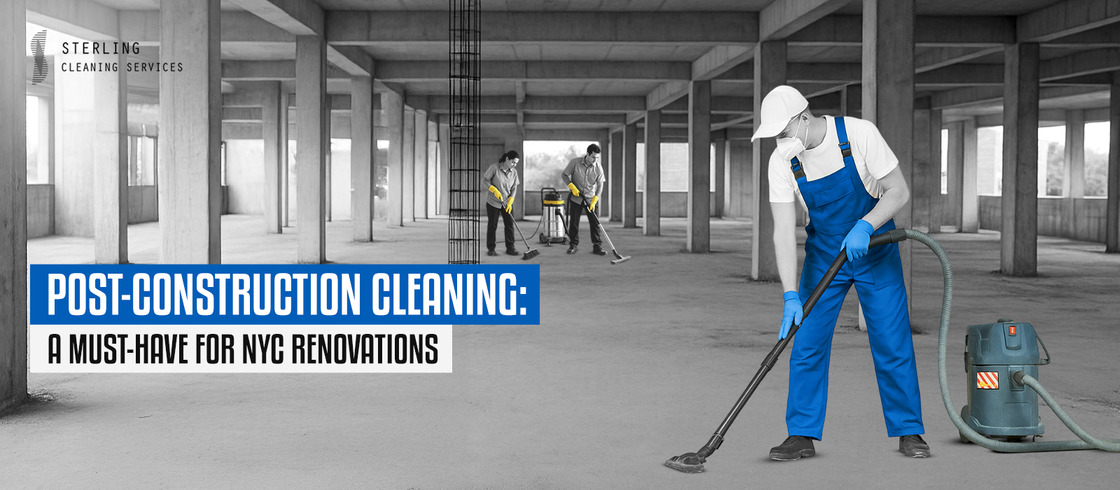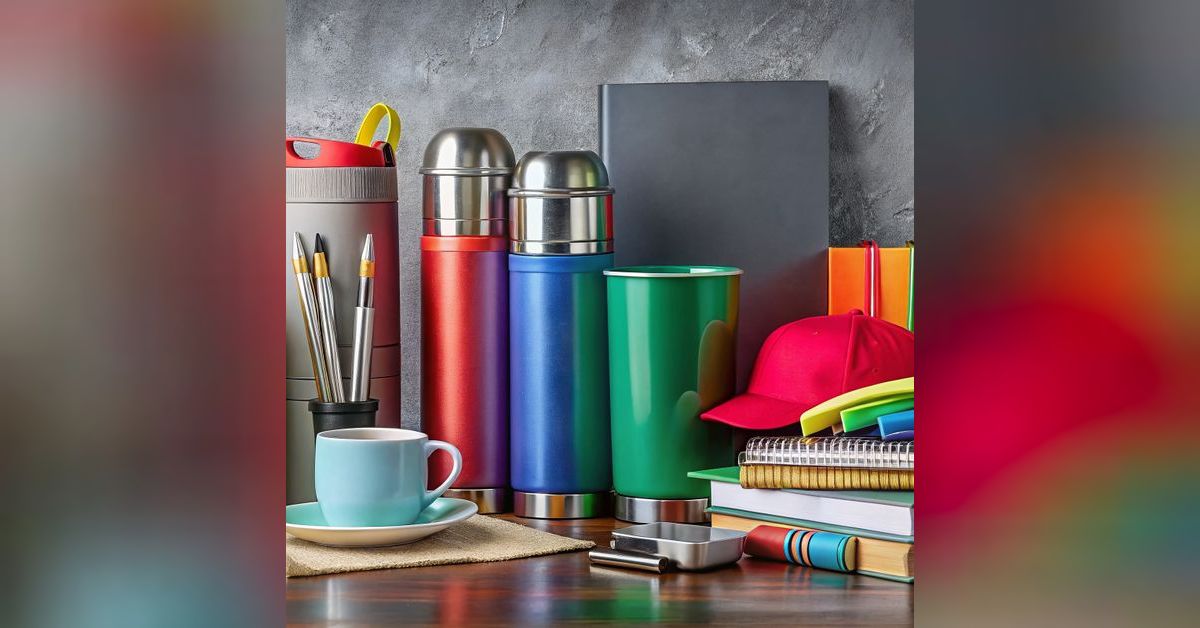In 2025, you don’t just open one app for “entertainment.” You open one for comfort. One for focus. One for frustration. And one for when your brain just needs something to tap.
We’ve quietly entered the age of emotion-specific platforms — micro-apps designed to serve a very particular feeling, fast and clean.
And honestly? It makes perfect sense.
Your Mood Has a UI Now
You feel restless — you swipe through TikTok with half your brain. You feel drained — you open a soft-palette journaling app. You feel anxious — you go for breathwork, or a tap-to-relax game. You feel wired — you play something with rhythm and feedback.
The line between utility and emotion has blurred. And platforms are no longer just useful — they’re emotionally timed.
The smarter the UX, the faster we get what we didn’t even know we needed.
Design That Calms or Sparks
It’s not just what the app does — it’s how it feels.
- Some apps soothe with rounded edges, slow animations, neutral colors.
- Others energize with tight timing, quick wins, pop sounds, fast loops.
- Some just listen, quietly collecting your mood or sleep quality.
- Some respond instantly — flashcards, memes, low-stakes games.
And because each emotion comes and goes in waves, users are now curating app collections like emotional first-aid kits.
Gamified Emotion Regulation
People don’t want to “manage feelings” anymore. They want to click through them — gently, privately, in motion.
That’s why light gaming is thriving in emotional downtime. Small loops, simple interaction, fast results.
Platforms like Arab casinos fit right into this trend: offering platforms with nice gameplay designed not for pressure, but for sensation. Tap, swipe, reward. Nothing sticky. Just pleasant feedback and freedom to leave whenever you’ve had enough.
It’s play as presence — not performance.
Kuwait’s Quiet Shift to Emotional Tech
In Kuwait, this emotional approach to apps is especially visible in how people unwind.
Instead of long video binges or noisy group chats, young users are leaning toward individual experiences: – hyper-short games – local audio stories – self-contained apps with Gulf Arabic UX – platforms that ask for nothing back.
One quiet example is online casinos in Kuwait, where the interaction feels private, smooth, and non-demanding. Users tap in and out for a quick pause between tasks — not to “win,” but to reset.
It’s digital relief, without the drama.
The App Drawer as Moodboard
Look at someone’s home screen and you’ll see their nervous system.
There’s a sleep app next to a study timer. A food journal next to a language game. A meme app next to a minimalist puzzle.
It’s not clutter — it’s calibration.
Each app becomes a little lever to shift state. We’re not optimizing productivity anymore. We’re managing emotion, fluidly, with one app at a time.
Final Thought
Big apps used to try to do everything. Now we want small apps that do one thing well. Not to be efficient — but to feel right.
Because in 2025, digital space isn’t just about what you do. It’s about how you feel doing it.
And if one app can turn restlessness into a small smile in 45 seconds — that’s more than enough.

